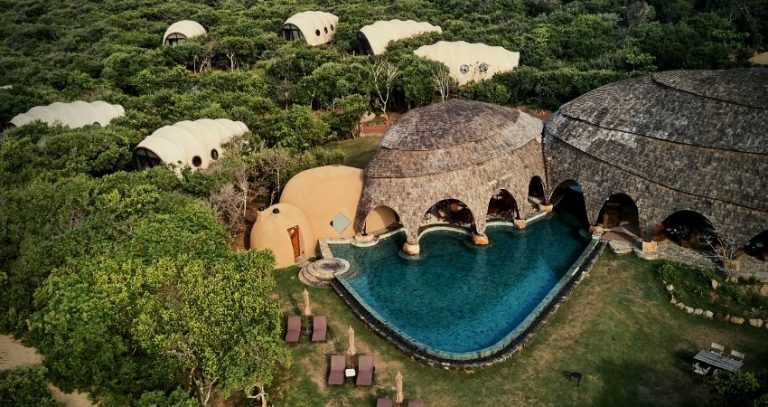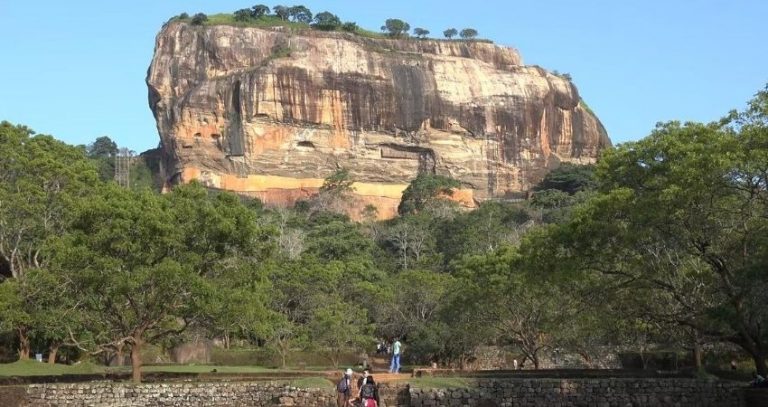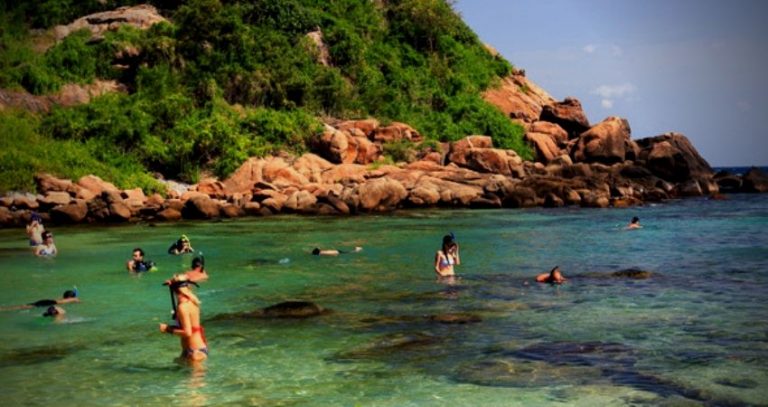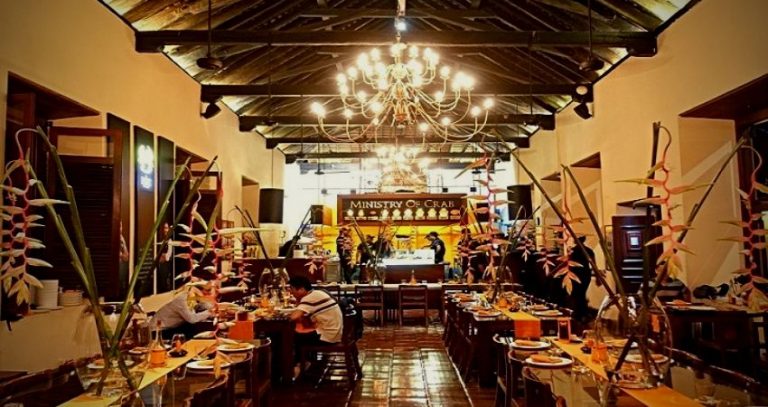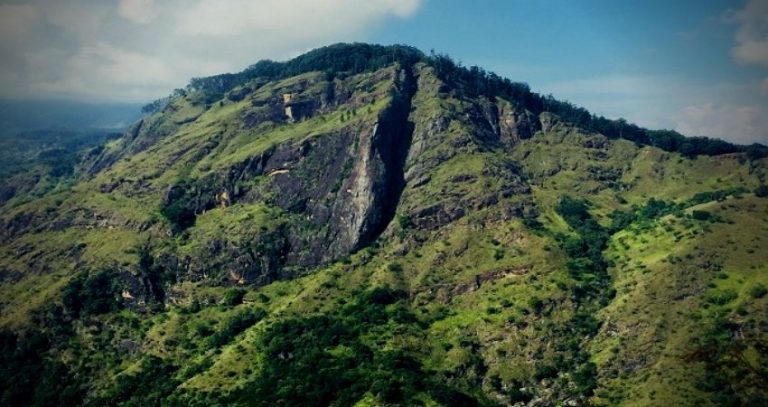Best Places To Visit Yala Sri Lanka
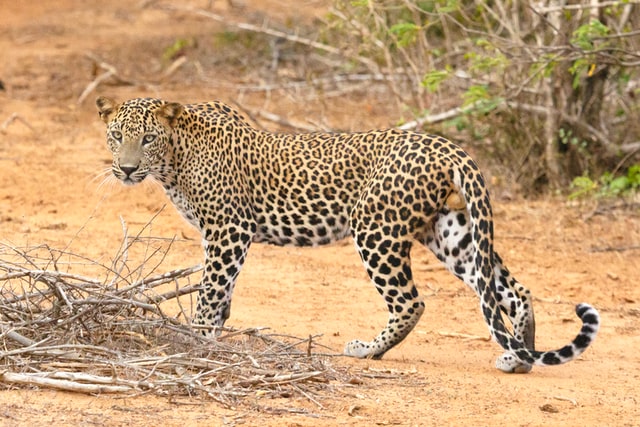
Yala National Park
Yala National Park is known as the most visited and the second largest National park in Sri Lanka. It’s also known as one of the best National Park to Visit Leopard. The park located in the southern province of Sri Lanka bordering to Indian ocean.
Location
Yala National Park is situated in the Hambantota district and spreads across an area of approximately 979 square kilometers (378 square miles). It is bordered by the Indian Ocean on the southeastern side.
Biodiversity
The park is home to a rich variety of flora and fauna. It boasts a range of ecosystems, including moist monsoon forests, freshwater and marine wetlands, and sandy beaches. Yala is particularly famous for its leopard population, which is one of the highest densities in the world. Other notable wildlife species include elephants, sloth bears, crocodiles, deer, wild boar, and numerous bird species.
Safari Experience
Yala National Park offers visitors an opportunity to explore its wildlife through exciting safari tours. Jeep safaris are the most common way to navigate the park and observe the animals in their natural habitats. These safaris are typically led by experienced guides who are knowledgeable about the park’s wildlife and can provide valuable insights.
Best Time to Visit
The park is open for visitors year-round, but the best time to visit Yala National Park is generally from February to July when the weather is dry, and animals are more active. The park is closed for a short period each year for maintenance purposes, usually in September.
Conservation and Challenges
ala National Park plays a crucial role in conserving Sri Lanka’s wildlife and preserving its natural heritage. However, it also faces challenges such as human-wildlife conflicts, habitat degradation, and illegal activities like poaching. Efforts are being made to address these issues and promote sustainable tourism practices within the park.
Katharagama Temple
The Katharagama Temple, also known as the Kataragama Temple or the Kiri Vehera Temple, is a significant religious site located in the town of Kataragama in Sri Lanka. It is one of the most sacred pilgrimage sites in the country, revered by Buddhists, Hindus, Muslims, and indigenous Vedda people.
Location
The Katharagama Temple is situated in the town of Kataragama, which is in the Monaragala District of Sri Lanka. It is approximately 228 kilometers (142 miles) southeast of Colombo, the capital city of Sri Lanka.
Religious Significance
The temple is dedicated to Lord Skanda, also known as Lord Murugan or Kataragama Deviyo, who is considered a guardian deity of Sri Lanka. Lord Skanda is highly venerated by both Hindus and Buddhists. The temple complex is a sacred pilgrimage site for devotees who seek blessings, protection, and fulfillment of their wishes.
Festival of Esala Perahera
The annual Esala Perahera festival held in the month of July or August is a grand celebration at the Katharagama Temple. It is a vibrant procession featuring beautifully adorned elephants, traditional dancers, drummers, and devotees carrying sacred relics and offerings. The festival attracts thousands of devotees and tourists from across Sri Lanka and beyond.
Rituals and Offerings
Devotees engage in various rituals and offerings at the temple. These can include lighting oil lamps, tying colorful cloth strips on trees, performing vows, and offering flowers, fruits, and other symbolic items. Some devotees also engage in acts of self-mortification as acts of devotion.
Multireligious Site
The unique aspect of the Katharagama Temple is that it is a place of worship for multiple religious faiths. It is believed that the site predates Buddhism and was a sacred place for the indigenous Vedda people. Over time, it has become a center of worship for Buddhists, Hindus, Muslims, and followers of indigenous beliefs, fostering a sense of religious harmony and tolerance.
Bats Trees in Tissa Lake
Thisssamaharama Temple
Tissamaharama Raja Maha Viharaya, also known as Tissamaharama Temple or Mahagama Temple. It is a significant Buddhist temple with historical and religious importance. If you were referring to this temple.
Location: Tissamaharama Raja Maha Viharaya is situated in the town of Tissamaharama, which is in the Hambantota District of Sri Lanka. Tissamaharama is located in the southern part of the country.
Historical Significance: The temple dates back to the 2nd century BC and is believed to have been built by King Kavantissa, a prominent ruler in ancient Sri Lanka. It is said that the temple was constructed on the site where King Kavantissa’s queen, Queen Viharamahadevi, gave birth to Prince Gemunu (later King Dutugamunu), who played a significant role in the country’s history.
Architecture and Features: The Tissamaharama Temple showcases ancient Sri Lankan architectural styles. The main stupa (dagoba) is the prominent feature of the temple, surrounded by smaller stupas and structures. The temple complex also includes a bo tree (sacred fig tree), which is considered sacred by Buddhists as it is said to be a sapling of the original Bo tree in Bodh Gaya, India, under which the Buddha attained enlightenment.
Religious Significance: Tissamaharama Temple is an important place of worship for Buddhists in Sri Lanka. It attracts devotees who come to pay homage, offer prayers, and participate in religious ceremonies. The temple is especially crowded during important Buddhist festivals such as Vesak, where the complex is beautifully illuminated, and various religious observances take place.
Sithulpawwa Temple
The Sithulpawwa Rajamaha Viharaya, commonly known as Sithulpawwa Temple, is an ancient Buddhist monastery located in the Hambantota District of Sri Lanka. It is situated atop a rocky outcrop in the Yala National Park, near the town of Kataragama.
Location: The Sithulpawwa Temple is situated in the southeastern region of Sri Lanka, within the boundaries of the Yala National Park. It is approximately 18 kilometers (11 miles) northwest of the town of Kataragama.
Historical Significance: The temple has a history dating back more than 2,000 years and is believed to have been established during the reign of King Kavantissa. It gained prominence during the Anuradhapura and Polonnaruwa periods and served as a major Buddhist monastery in ancient Sri Lanka.
Architecture and Features: The temple complex is known for its unique architecture and picturesque setting. It is built on a large rocky hill, and the structures blend harmoniously with the natural surroundings. The main stupa (dagoba) of the temple is a prominent feature, and there are also several cave temples and rock inscriptions. The site offers panoramic views of the surrounding forest and plains.
Pilgrimage Site: Sithulpawwa Temple is a popular pilgrimage site for Buddhists in Sri Lanka. Many devotees visit the temple to pay homage, engage in religious practices, and seek blessings. The temple is particularly crowded during important Buddhist festivals, such as Vesak, when devotees gather to commemorate the birth, enlightenment, and passing away of the Buddha.
Cave Paintings and Inscriptions: The cave temples at Sithulpawwa contain ancient paintings and inscriptions that provide insights into the historical and cultural heritage of Sri Lanka. These artistic and archaeological remnants add to the significance of the temple complex.
Wildlife and Nature: As Sithulpawwa Temple is located within the Yala National Park, it offers opportunities to observe the diverse wildlife and natural beauty of the region. Visitors may spot various animal species, including elephants, leopards, deer, and a wide range of bird species.
Kirinnda Temple
Kirinda Rajamaha Viharaya: The Kirinda Rajamaha Viharaya is a Buddhist temple located in the Kirinda area, which is in the southern part of Sri Lanka, close to the town of Tissamaharama.
Historical Significance: The temple holds historical and cultural importance, as it is believed to have been founded during the reign of King Mahasen (3rd century AD). It is said that the temple was built on the spot where Princess Viharamahadevi, also known as Queen Viharamahadevi, is believed to have landed in Sri Lanka after being set adrift at sea.
Architecture and Features: The temple features ancient architectural elements and is known for its scenic location overlooking the ocean. The main stupa (dagoba) is a prominent feature, along with other structures within the temple complex. The temple is often visited by devotees and tourists who appreciate its historical significance and serene environment.
Cultural and Religious Practices: Kirinda Rajamaha Viharaya is a place of worship and pilgrimage for Buddhists. Devotees visit the temple to pay homage, offer prayers, and engage in religious practices. The temple is also known for its religious festivals and celebrations, which attract a significant number of devotees.

